It’s easy to take your garage door for granted since it’s a vital element of your home and commute. Every homeowner is used to pushing a button and having this enormous piece of equipment function without difficulty or bother, just as it should. It will, however, need maintenance from time to time, just like any other piece of machinery, to keep running as efficiently as possible.
Each of the vast, moving pieces in your garage door is an aspect that has to be addressed if you want your garage door to keep working correctly. Repairing a Malfunctioning Garage Door may be expensive. Still, with the appropriate preventative maintenance instructions from the right team, you can minimize failures and keep your garage door (and your commute) operating smoothly.
Table of Contents
So, What Are The Top Ten Garage Door Preventative Maintenance Suggestions To Follow?
1. Keep an eye on your door for strange sights and noises.
It’s simple to get used to the operation of your garage door. After all, you probably think about something else when you leave home. The next time you use your garage door, keep an eye out for any strange appearances or noises, such as delayed rising, evident straining/jerking, or squeaks and scrapes. These might signal a problem, and if it’s not addressed, it could result in a costly repair.
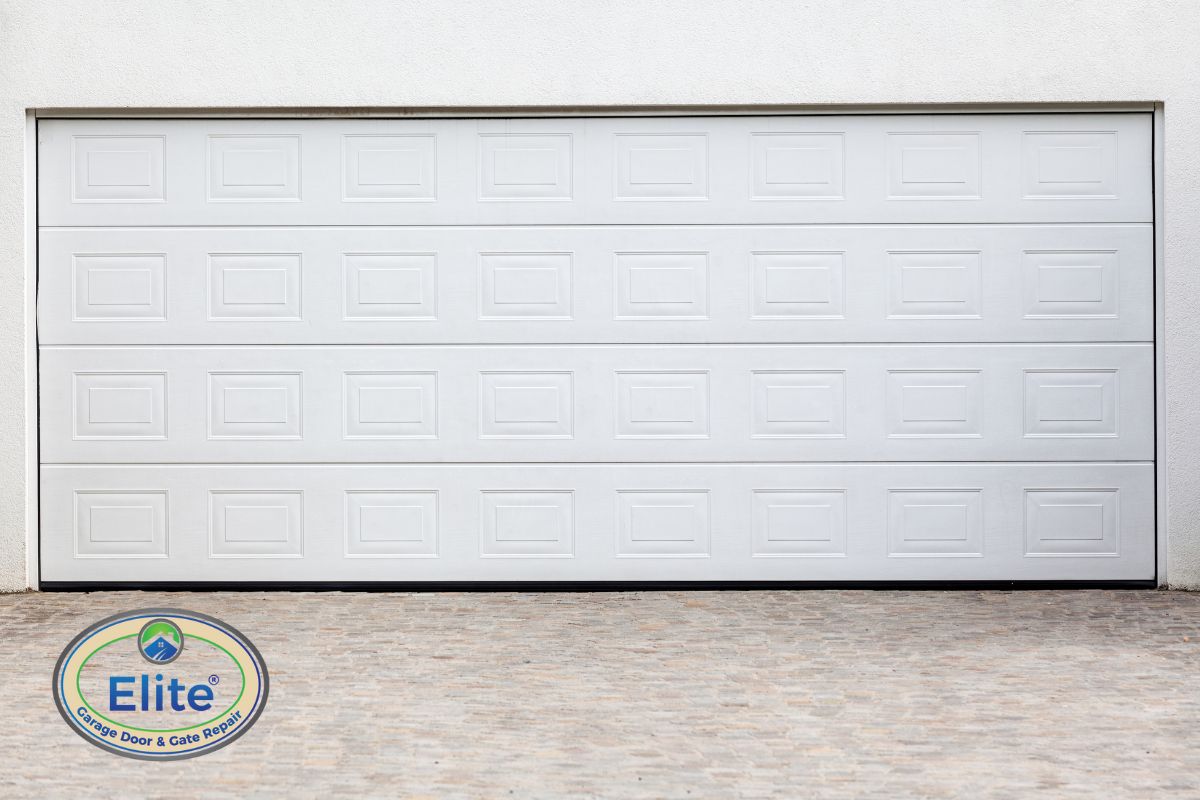
Keep an eye on your door for strange sights and noises
2. Check the balance of your door.
Your garage door relies on correct counterbalancing to make it easier for your opener to function. Pull the release lever on your Garage Door Opener and open the door halfway up to test your balance. If it moves, your springs aren’t balanced correctly and may need expert tightening.
3. Double-check that all nuts and bolts are securely fastened.
This may seem self-evident, but due to the frequent movement of garage door components, nuts and bolts may loosen, reducing the safety of your door. Inspect the nuts and bolts on your door and tighten them as needed to keep everything in good working order.
4. Make sure all of the moving components are lubricated.
Friction is the most common cause of difficulties with garage doors. Fortunately, lubrication is fast and straightforward, and it extends the life of your system. The chain or screw on your garage door opener and the overhead springs are the most delicate areas to oil, possibly once a year, with white lithium grease.
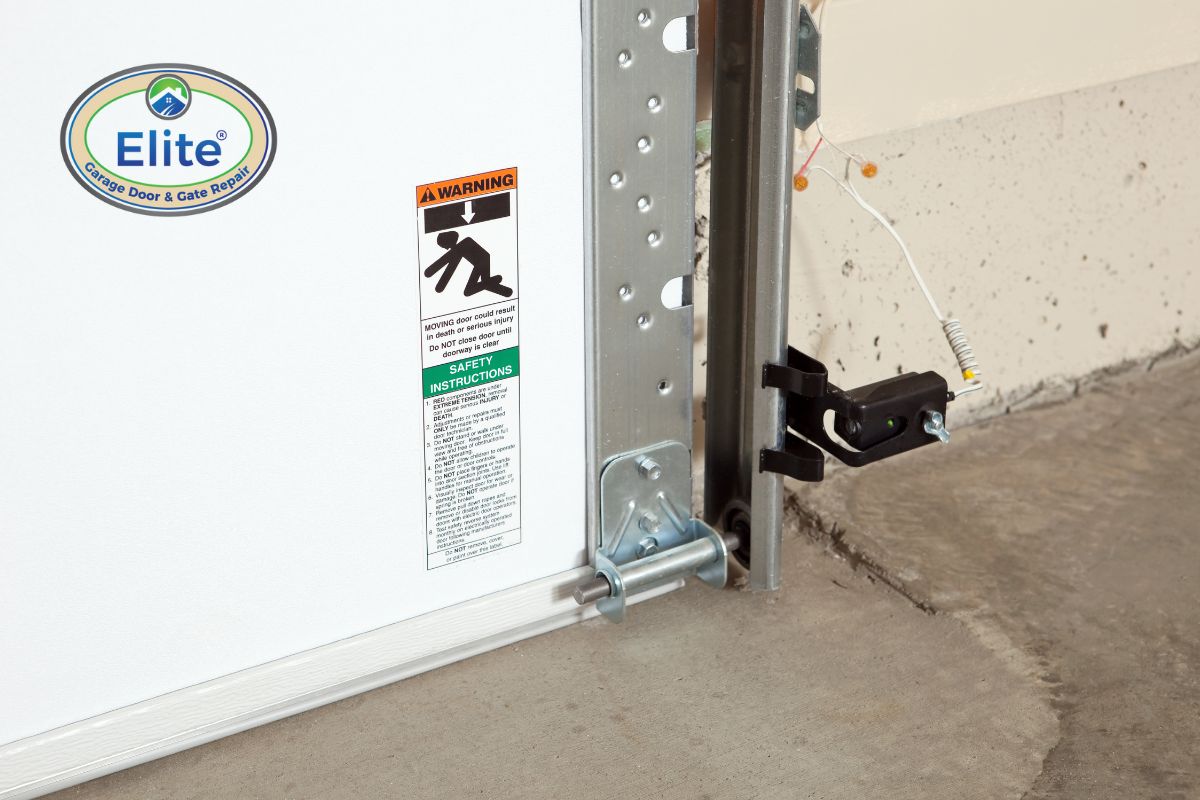
Make sure all of the moving components are lubricated
5. Examine the rollers on your door.
The tools that enable your garage door to move effortlessly and smoothly are the rollers, and broken or warped rollers cause more excellent vibration, friction, and strain on the system. The difference that a few new rollers can make will astound you.
6. Remove any debris from your tracks.
Your rollers run on a track, and anything in that track may harm the rollers and strain your garage door opener. Check for loose debris on the track by hand or with a tool, and you’ll be able to prevent a much more expensive issue in the future.
7. Double-check your lift wires
The high-tension wires in your garage door enable the system to function correctly, but significant harm might result if they wear down to snapping. Examine your lift cables; if they seem worn, have a professional team repair them. It’s a short and simple task that will save you time in the long run.
8. Put your safety features to the test.
Garage doors use mechanical and photocell safety measures to prevent crushing anything in their path.
First, use a block to ensure that your garage door will hit it and reverse rather than continuing to apply pressure, and then run your leg against the movement-detection strip to ensure that the door will reverse. It’s time to replace your door if it’s old enough that it lacks these safety measures.
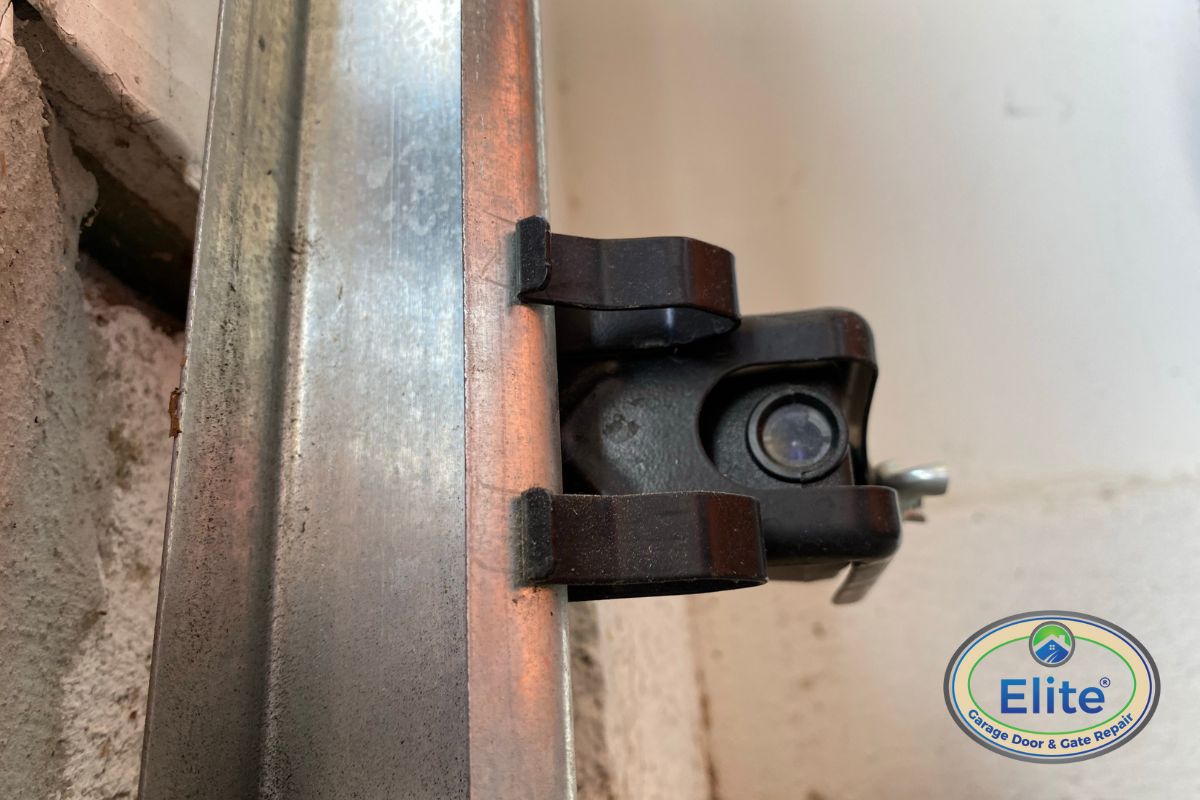
Put your safety features to the test
9. Use weather-stripping to keep moisture out.
Keeping moisture out of your garage will result in a better, dryer environment and ensure that your components don’t rust. Check for cracks or missing sections in your weather stripping; if it’s not up to grade, replace it for better comfort and longer-lasting garage door components.
10. Keep your door in excellent shape.
Whether water damage, warping, corrosion, or other minor concerns, groom your door and address them before they compromise its structural integrity and force you to replace it.

Keep your door in excellent shape
Bottom Line
Because the garage door is an essential feature of your home, it requires careful treatment. It would benefit the door owner long-term, and a monthly inspection would protect the door from serious harm. When owners follow these Garage Door Maintenance Suggestions, they are unlikely to face serious difficulty. It’s not essential to do it yourself every time; you may get assured outcomes by hiring expert aid.
If you still need garage door repair, call Elite Garage Doors as soon as possible. You can maintain the security and safety that your garage doors are designed to give with regular Seattle garage door maintenance.






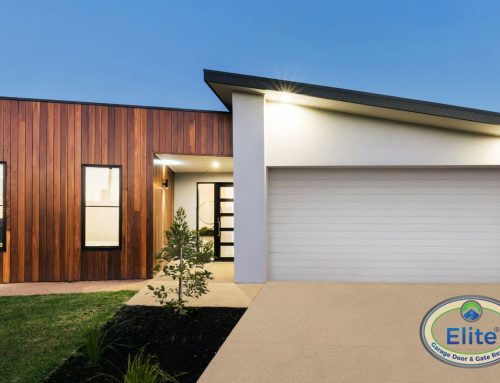
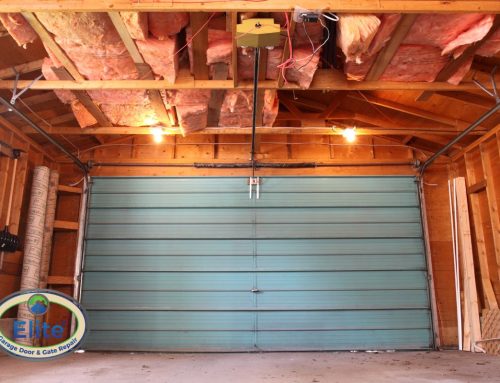
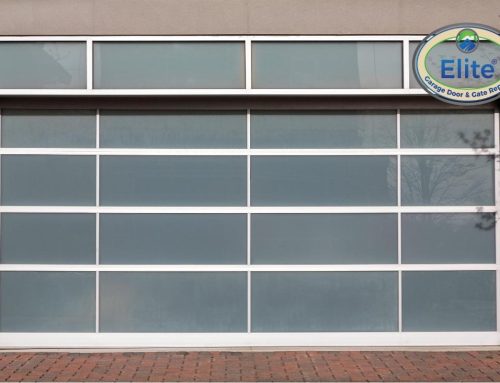
Leave A Comment